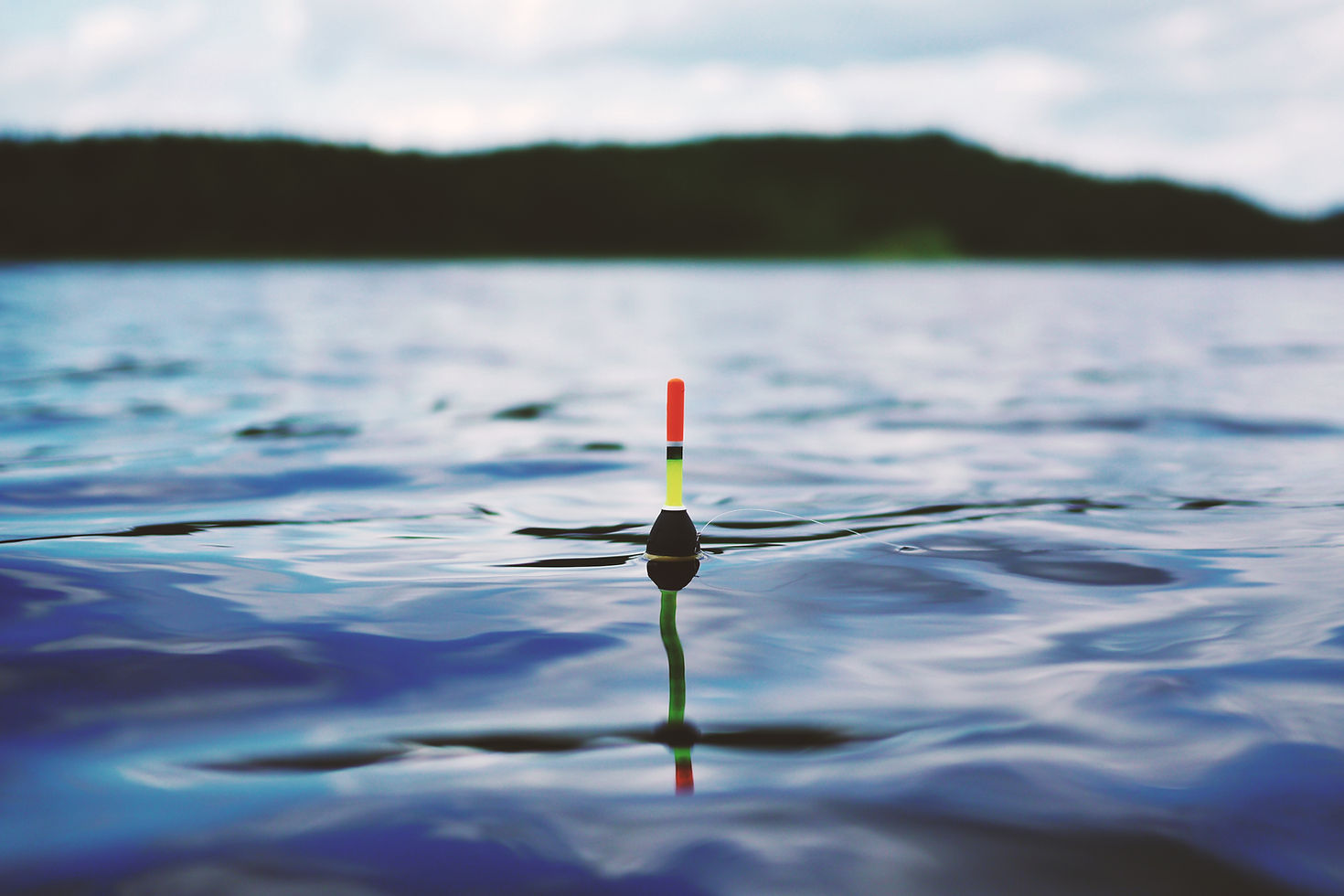
Crappie Behavior in Fall: Unlocking the Secrets
- lee sharp

- Sep 2, 2023
- 2 min read
When the leaves start to change and the temperatures drop, crappie anglers know that fall has arrived. This season brings a unique set of challenges and opportunities for those targeting crappie. Understanding crappie behavior in the fall is key to unlocking their secrets and having a successful fishing trip. In this article, we'll delve into the fascinating world of fall crappie behavior and provide you with insights to improve your fishing game.
1. Temperature Matters
As the summer heat subsides, crappie respond to changes in water temperature. During the early fall, they often move from deeper, cooler waters towards shallower areas in search of food. Water temperature triggers their behavior, so it's essential to keep an eye on it. As the water cools, crappie become more active and aggressive, making them easier to catch.
2. Feeding Frenzy
Fall is a time of feasting for crappie. They go into a feeding frenzy as they prepare for the upcoming winter months. Crappie primarily feed on baitfish such as shad and minnows during this time. As they follow these prey species, knowing where the baitfish are can lead you to crappie hotspots. Use fish finders and observation to locate schools of baitfish.
3. Transition Period
During the transition from summer to fall, crappie can be found at various depths. They might suspend in the water column or hug the bottom. This transitional period can be challenging for anglers, but it's also an opportunity to experiment with different depths and lure presentations until you find what works best on that particular day.
4. Cover and Structure
Just like during other seasons, crappie in the fall love cover and structure. Fallen trees, brush piles, submerged vegetation, and rocky areas are all places where crappie congregate. These provide both shelter and ambush points for feeding. When you're out on the water, look for these features on your fishfinder or scout them visually.
5. Time of Day
The time of day can significantly impact crappie behavior in the fall. They tend to be more active during low-light periods, such as dawn and dusk. However, don't be surprised if you encounter crappie feeding throughout the day, especially when the conditions are favorable. Adapt your fishing schedule accordingly.
6. Adjust Your Presentation
As crappie behavior changes in the fall, so should your presentation. Experiment with a variety of lures, colors, and retrieval speeds. Jigs, minnows, and soft plastics are all effective choices. When crappie are feeding aggressively, you can use a more aggressive presentation. During the transitional periods, slow and subtle presentations might work better.
7. Stay Mobile
Fall crappie fishing often requires mobility. Since crappie move around in search of food, you may need to change your location several times throughout the day. This means having a reliable boat or kayak and being prepared to explore different areas until you locate active crappie.
In Conclusion
Crappie behavior in the fall is influenced by temperature, feeding patterns, and the seasonal transition. By understanding these dynamics, you can increase your chances of a successful fishing trip. Keep a close eye on water temperature, focus on their feeding habits, and be adaptable in your approach. With these insights, you'll be well-prepared to unlock the secrets of fall crappie behavior and reel in some impressive catches during this beautiful season. Happy fishing!



link link link link link link link link link link link link link link link link link link link link link link link link link link link link link link link link link link link link link link link link link link link link link link link link link link link link link link link link link link link link link link link link link link link link link link link link link link link link link link link link link link link link link link link link link link link link link link link link link link link link link link link link link link link link link link link link link link link link link link link link link link link link link link link link